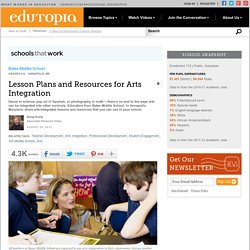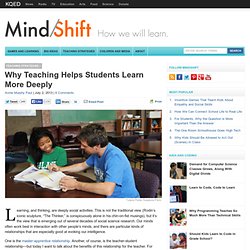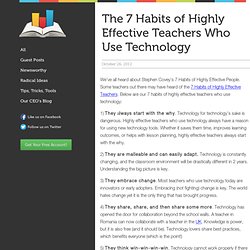

Lesson Plans and Resources for Arts Integration. Tips for downloading: PDF files can be viewed on a wide variety of platforms -- both as a browser plug-in or a stand-alone application -- with Adobe's free Acrobat Reader program.

Click here to download the latest version of Adobe Reader. Lesson Plans Sample arts-integration presentations, lesson plans, quizzes, and other documents from various teachers and classes at Bates Middle School. Back to Top Professional-Development Presentations Professional-development presentations provided by Pat Klos, arts-integration specialist for Anne Arundel County Public Schools in Annapolis, Maryland Arts-Integration Templates Blank templates for arts-integration documents used at Bates Middle School Additional Documents from Bates Middle School Maryland Department of Education Arts-Integration Glossary Glossary of arts-integration terms provided by Maryland's Department of Education.
Six Scaffolding Strategies to Use with Your Students. What’s the opposite of scaffolding a lesson? Saying to students, “Read this nine-page science article, write a detailed essay on the topic it explores, and turn it in by Wednesday.” Yikes! No safety net, no parachute—they’re just left to their own devices. Let’s start by agreeing that scaffolding a lesson and differentiating instruction are two different things. Scaffolding is breaking up the learning into chunks and providing a tool, or structure, with each chunk. Simply put, scaffolding is what you do first with kids. Scaffolding and differentiation do have something in common, though.
So let’s get to some scaffolding strategies you may or may not have tried yet. 1. How many of us say that we learn best by seeing something rather than hearing about it? Try a fishbowl activity, where a small group in the center is circled by the rest of the class; the group in the middle, or fishbowl, engages in an activity, modeling how it’s done for the larger group. 2. 3. 4. 5. 6. Why Teaching Helps Students Learn More Deeply. Teaching Strategies Tulane Public Relations/Flickr Learning, and thinking, are deeply social activities.

This is not the traditional view (Rodin’s iconic sculpture, “The Thinker,” is conspicuously alone in his chin-on-fist musings), but it’s the view that is emerging out of several decades of social science research. Our minds often work best in interaction with other people’s minds, and there are particular kinds of relationships that are especially good at evoking our intelligence. One is the master-apprentice relationship. “Student teachers score higher on tests than pupils who are learning only for their own sake.” Students enlisted to tutor others, these researchers have found, work harder to understand the material, recall it more accurately and apply it more effectively.
Educators are experimenting with ways to apply this model to academic subjects. Feedback from the teachable agents further enhances the tutors’ learning. Related. Instructional Methods Information - Part 1. Cooperative Learning Advantages Helps foster mutual responsibilitySupported by research as an effective techniqueStudents learn to be patient, less critical and more compassionate Disadvantages Some students don't work well this wayLoners find it hard to share answersAggressive students try to take overBright students tend to act superior Preparation Decide what skills or knowledge are to be learnedRequires some time to prepare students to learn how to work in groups Brainstorming Advantages Listening Listening exercise that allows creative thinking for new ideasEncourages full participation because all ideas are equally recordedDraws on group's knowledge and experienceSpirit of cooperation is createdOne idea can spark off other ideas Disadvantages Can be unfocusedNeeds to be limited to 5 - 7 minutesStudents may have difficulty getting away from known realityIf not managed well, criticism and negative evaluation may occur Value to students depends in part on their maturity Direct Teaching.

Effectiveteacher.png 698×2,378 pixels. What are the attributes of excellent teachers. 7 habits of highly effective teachers Always Prepped Blog. We’ve all heard about Stephen Covey’s 7 Habits of Highly Effective People.

Some teachers out there may have heard of the 7 Habits of Highly Effective Teachers. Below are our 7 habits of highly effective teachers who use technology: 1) They always start with the why. Technology for technology’s sake is dangerous. Highly effective teachers who use technology always have a reason for using new technology tools. 2) They are malleable and can easily adapt. 3) They embrace change. 4) They share, share, and then share some more. 5) They think win-win-win-win. 6) They are extremely thorough and think two steps ahead. 7) They actively care. What are your thoughts? Always Prepped. Teachers, we would love for you to signup for our site today. Beautiful classroom reports, designed to save teachers time.